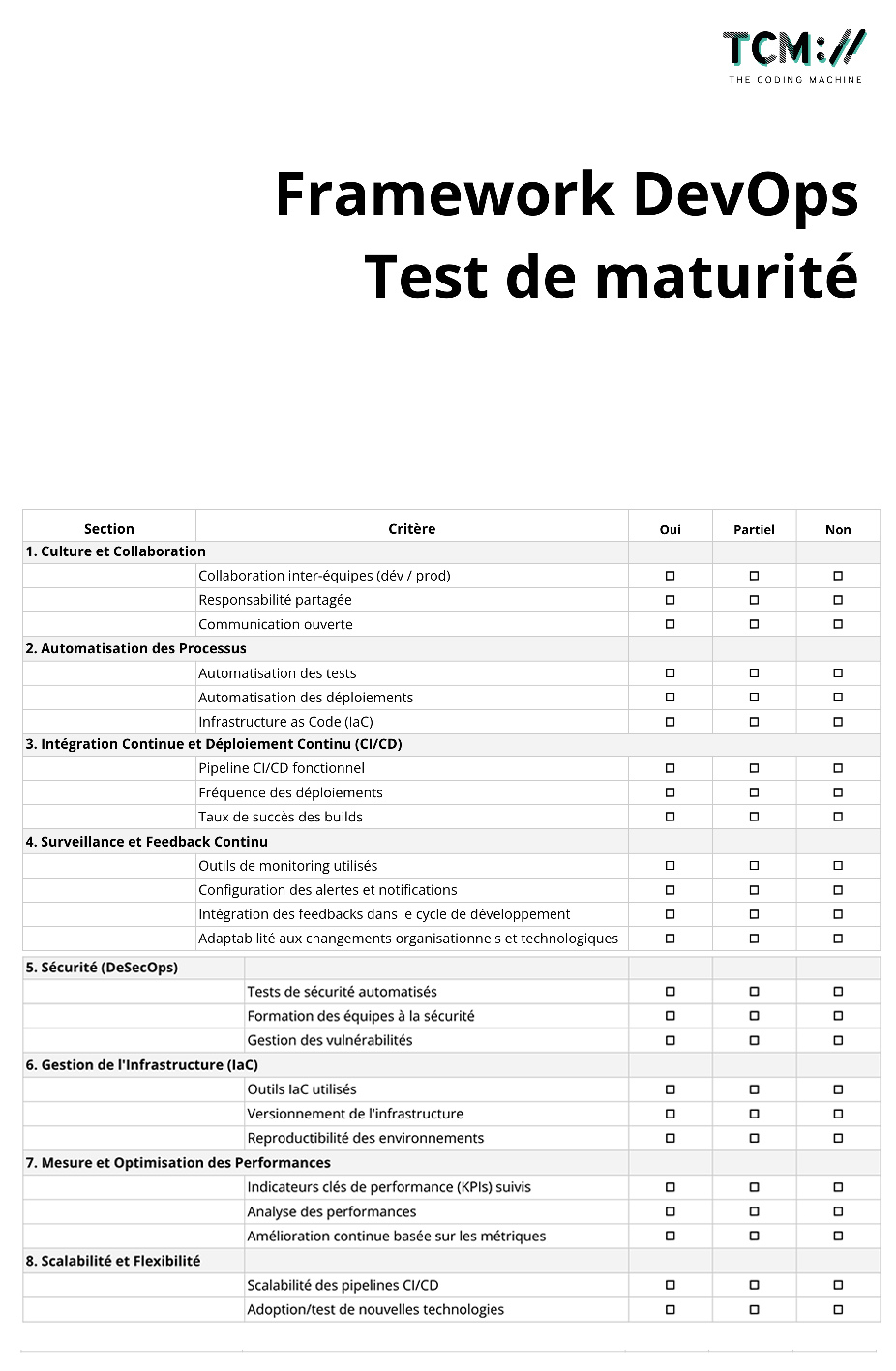Completed project : Organising an effective retrospective
Let’s talk about the post-mortem! 💀

You’ve just completed a great project, it’s gone into production and the warranty phase is over! You’ll remember it for a long time to come, and all the wonderful memories you’ve shared together on this fascinating subject… It’s a shame that you’ll now have to move on to something else!
Sound absurd? It’s a good thing we do too!
Why don’t we talk about the post-mortem reunion?
Is “post-mortem” the right term?
👩🏫 The school update
The expression “post-mortem” comes from the Latin “post” meaning “after” and “mortem” meaning “death”. So the post-mortem meeting is a meeting supposedly held “after the death” of the project.
But in the web context, once a project has been completed, can we really speak of its death?
When is a project completed?
First of all, it’s important to differentiate between project completion and project interruption:
- A project is completed when all phases are finished.
- A project is interrupted when, for one reason or another, it is decided to stop the project in the middle or at the end.
The term “post-mortem” may therefore make sense after a project has been interrupted. After completion, however, can we really speak of the death of the project?
From our point of view, the life of a project continues long after it has gone live! That’s when the feedback from the first people involved begins to flow in, as the solution begins to be truly tested, and users are able to assess its relevance in the context of their business issues.
At TCM, we prefer to talk in retrospect.
What is the purpose of a project retrospective? 🎯
Project retrospection is based on 4 key points:
- Evaluate project progress
- Discuss solution performance
- Explore prospects for further development
- Highlight positive points to reproduce and mistakes to avoid in the future
Who takes part in a project retrospective?
To determine who should participate in a project retrospective, you can ask yourself the following questions:
- Who was involved in the project?
- Who worked on it?
- Who will use the project?
At TCM, we usually involve at least one of the following people:
- A technical referent: a person who participated in the development of the project and is familiar with the technical aspects and challenges faced by the developers.
- A project management referent: One of the people who planned, coordinated and supervised the project.
- A sales representative: The person who was the first point of contact between TCM and the project initiator.
- The customer: The person who initiated the project.
What do we talk about in a retrospective?
Introducing the participants
The first thing to do is to set aside time for each meeting participant to introduce himself or herself. Some of the participants may not know each other, and this introduction enables each participant to know who he or she is talking to, and what his or her role is in the meeting.
Setting out the objectives of the meeting
The next step is to outline the objectives of the meeting: Why have we brought everyone together? What is this meeting about?
Project context
Some stakeholders may work on many topics in parallel, so reminding everyone of the topic ensures that everyone knows exactly what is being discussed.
Project Progression
Provide an overview of how the project progressed:
- What were the different phases?
- Was the schedule respected? Was there any advance or delay? For what reasons?
- How was the project managed?
Including statistics that represent the work accomplished can also be interesting.
Solution Performance
This point is very important. Evaluating the performance of the provided solution will determine if the needs were correctly met. To do this, you can follow these steps:
- Recall the initial needs defined
- Show the technical solution implemented to meet them
- Determine if the solution meets expectations and provide quantified data on the project’s usage
Key Events
Try to highlight the various strengths and challenges you encountered during the project.
Things to Reproduce or Avoid
And if one day you had to undertake a new project with the same team or evolve the current product, what are the interesting points you would like to do the same way? What are the points to avoid at all costs? Think about gathering the general feedback from the teams, even if the individuals in question are not participating in the meeting.
Future Prospects
Identify the evolutions that could be added to the project and solicit the end users about their use of the platform.
Inclusion of Cross-Functional Points
Are there any cross-functional points you would like to address? For example: project maintenance.
Next Steps
What are the next steps for the project?
Meeting Summary
Recap the key points discussed throughout the meeting and list the actions to be taken.
Conclusion
The main objective of the retrospective meeting is to take a step back from the work done to continue collaborating in the best possible way. The retrospective does not aim to close the project but to keep it alive and evolving by drawing beneficial lessons from past experiences in a continuous improvement process.

















